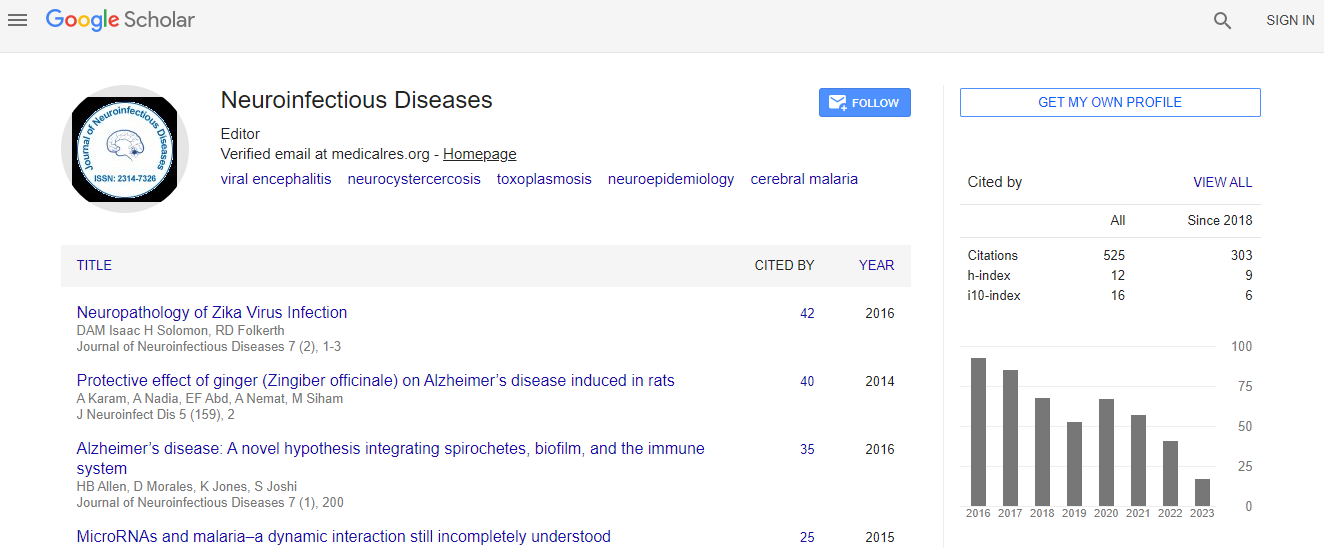Research Article
Endovascular Treatment of Infective Cerebral Aneurysms an Egyptian Experience
Mostafa Mahmoud1* and Mohamed Elsissy2
1Department of Radiology, Ain shams University, Cairo, Egypt
2Department of neurosurgery, Cairo University, Egypt
- *Corresponding Author:
- Mostafa Mahmoud
Department of Radiology
Ain shams university, Cairo, Egypt
Tel: 00 20 122 3627 324
E-mail: mmahmoud70@hotmail.com
Received date: September 21, 2013; Accepted date: October 25, 2013; Published date: January 08, 2104
Citation: Mahmoud M, Elsissy M (2014) Endovascular Treatment of Infective Cerebral Aneurysms an Egyptian Experience. J Neuroinfect Dis 5:135. doi: 10.4172/2314-7326.1000135
Copyright: © 2014 Mahmoud M, et al. This is an open-access article distributed under the terms of the Creative Commons Attribution License, which permits unrestricted use, distribution, and reproduction in any medium, provided the original author and source are credited.
Abstract
Purpose: To evaluate the endovascular treatment offered in our institution for five cases harboring infective cerebral aneurysms. The technique and clinical evolution are described.
Material and methods: Five patients’ four men and a woman have been referred to our institution for endovascular treatment of infective cerebral aneurysms. Age ranged from 19 to 45. Three patients presented with intra parenchymal hemorrhage, one patient presented with SAH and parenchymal hemorrhage, one patient presented with bilateral cortical blindness. Three patients have been followed up, clinically (2patients) and clinically/ radiological (1 patient), for a duration of 2 months to 13 months. The aneurysm was located in the distal MCA in four patients and distal PCA in one patient. Their blood cultures were positive for staphylococci, streptococci and aspergillosis. Endovascular treatment was targeted to occlude the aneurysm as well as the parent artery using NBCA/lipiodol mixture. All patients received 4 weeks parental antibiotic according to blood culture.
Results: Endovascular occlusion of the aneurysm and the parent artery has been performed for four patients. One patient rebled before the endovascular treatment and died. One patient developed cerebral abscess which was surgically evacuated. Three patients have been discharged with no post intervention neurological consequences.
Conclusion: Endovascular occlusion of the infective cerebral aneurysm is efficient in terms of re bleeding prevention. Proper systemic antibiotic should be administered according to repeated culture to prevent local infection spread and abscess formation.

